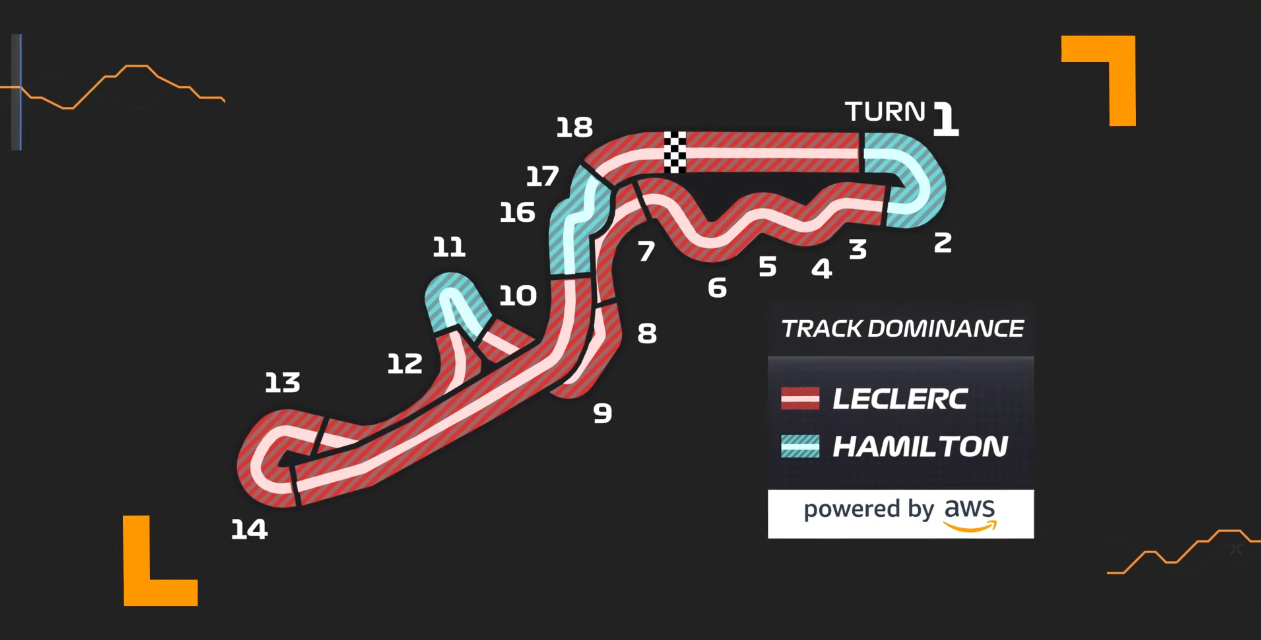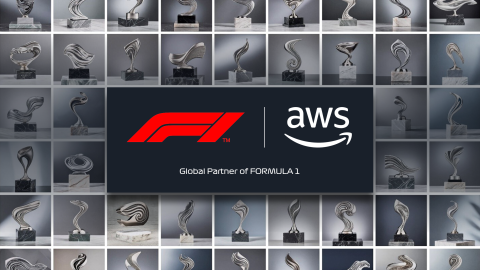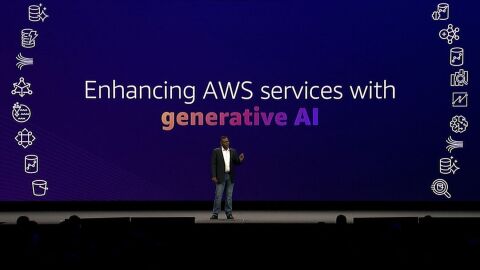Top speeds, fastest laps, tyre temperatures, championship points – Formula 1 (F1) is a sport defined by numbers. With over 300 sensors on each F1 race car generating over 1.1 million data points per second, data is built into the DNA of the sport. Just tenths of a second out on track can be the difference between success and failure, with innumerable factors for organisers and teams to consider and adapt around to achieve commercial and competitive success.
After reflecting upon the changing media landscape and the desire to maximise fan experiences, F1 initiated a long-term partnership with AWS in 2018 to drive cloud transformation and innovation within the sport.

Using Amazon’s trademark ‘working backwards’ model, AWS teams started with what fans wanted most from the sport – to get even closer to the racing.
With 20 cars on the starting grid every race, it is tough for fans not to miss part of the action – and it’s impossible to know which drivers are overperforming without the help of timing screens and a lot of post-race analysis. AWS and F1 realised a solution was possible by leveraging AWS machine learning technology with Amazon SageMaker.
F1 Insights: getting fans even closer to the action
F1 Insights, powered by AWS, is one of the biggest transformations of F1 fan experience seen for years. By providing a trained ML model with distinct data points from the hundreds of sensors on each car, F1 enables fans to understand how drivers make split-second decisions and how teams devise and implement race strategies in real-time that impact the outcome of a race.
One of the most exciting insights is Battle Forecast. Using track history and projected driver pace, Battle Forecast predicts and displays in real-time how many laps before a chasing car is within ‘striking distance’ of the car it’s trying to overtake and pass. Each insight is designed to bring fans even closer to the competition, with Close to the Wall providing fans and broadcasters a nerve-wracking view of exactly how close an F1 car gets to the wall at some of the Championship’s most exciting corners.
This content is hosted by a third party (www.youtube.com).
To view the content, you need to consent to cookies by selecting Accept all in the popup banner. Or you can go to the site footer, select Cookie Preferences, and then select On under Functional Cookies, Performance Cookies and Advertising Cookies.
By training Amazon SageMaker’s machine learning algorithms with historical data, strategic insight is also available to fans. Predicted Pit Stop Strategy uses historical data to calculate race strategy during the first lap, comparing predicted tyre and race strategies. This insight allows viewers to see when a driver should strategically make his next pit stop, which creates anticipation for fans regardless of their familiarity with race strategy in F1.
The newest AWS-provided insight is Hybrid Energy System, which identifies how drivers use their electrical energy to get as much out of their cars as they can - based on the energy used on the previous lap. This is all achieved by solving energy balance equations using AWS cloud computational power, helping viewers understand crucial strategic decisions and thrilling on-track battles.
AWS and F1: a partnership just getting started
Since F1 first partnered with AWS, the organisation has more than doubled its number of employees, and significantly expanded its digital footprint. Along with providing access to more cost-effective, scalable computing power, the new setup has made it easier for F1 to leverage an expanding array of managed AWS services to enhance internal operations and the fan experience.
“F1 can now deliver more data-driven insights that help to educate and entertain fans – from timing and telemetry data captured by hundreds of sensors on each F1 car, relayed real-time to AWS compared to historical data stored on Amazon Simple Storage Service (Amazon S3). This includes comprehensive performance analysis and predictions used to drive the F1 Insights broadcast graphics.”
“The speed at which our AWS deployments went from experimental to race critical was surprising. AWS has quickly become ingrained in our race DNA, and we installed AWS Direct Connect for dedicated, faster throughput and redundancy to our data centers,” said Chris Roberts, F1 Director of IT. “We can go live with new features that are adding value for fans quickly. It’s a fantastic capability and a testament to the speed at which we can build ideas into products and have them integrated into the F1 ecosystem.”
This content is hosted by a third party (www.youtube.com).
To view the content, you need to consent to cookies by selecting Accept all in the popup banner. Or you can go to the site footer, select Cookie Preferences, and then select On under Functional Cookies, Performance Cookies and Advertising Cookies.
With its robust AWS framework in place, the internal F1 team is evaluating areas to offload low value activities, freeing developers to work on more cutting-edge projects. To date, F1 has leveraged 96 different AWS services and solutions, a number that will likely only continue to grow.
To learn more about AWS and Formula 1, visit www.aws.com/f1









